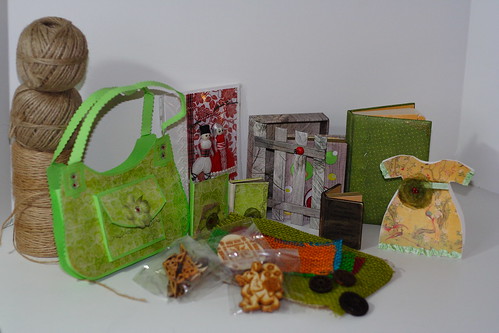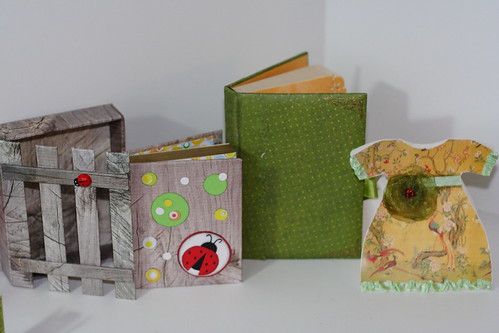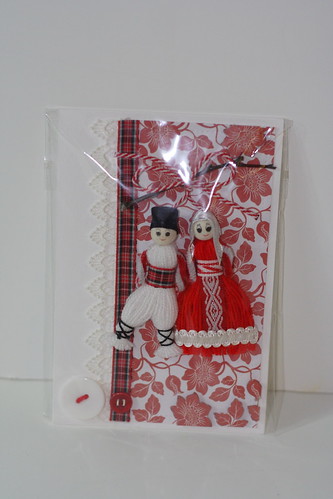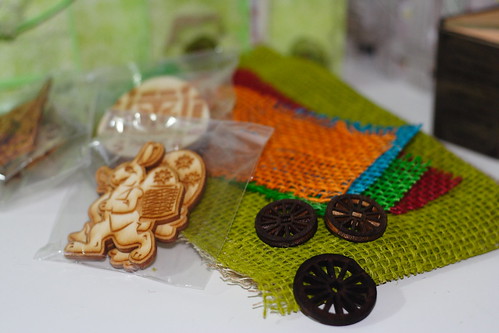Svetla creates her own designs with such care, you can never mistake her work with the work of another. Especially because I admire her so much, I am very happy and proud to own some of her creations. Svetla was so incredibly nice to send me and my kids gifts, which I just have to share with you. I don't think my pictures do justice to her work, so if you would like to see more of what she has created, please check her blog out.
This is what she sent me:
Just look at these beautiful notebooks and the frock shaped card
A Bulgarian martenici card
A paper purse with a small handmade notebook and a card
Svetla was also so kind to send me extra materials to make my own crafts
Thank you, Svetla, for the wonderful gifts and I hope soon to return the favor!
Annie
Annie











